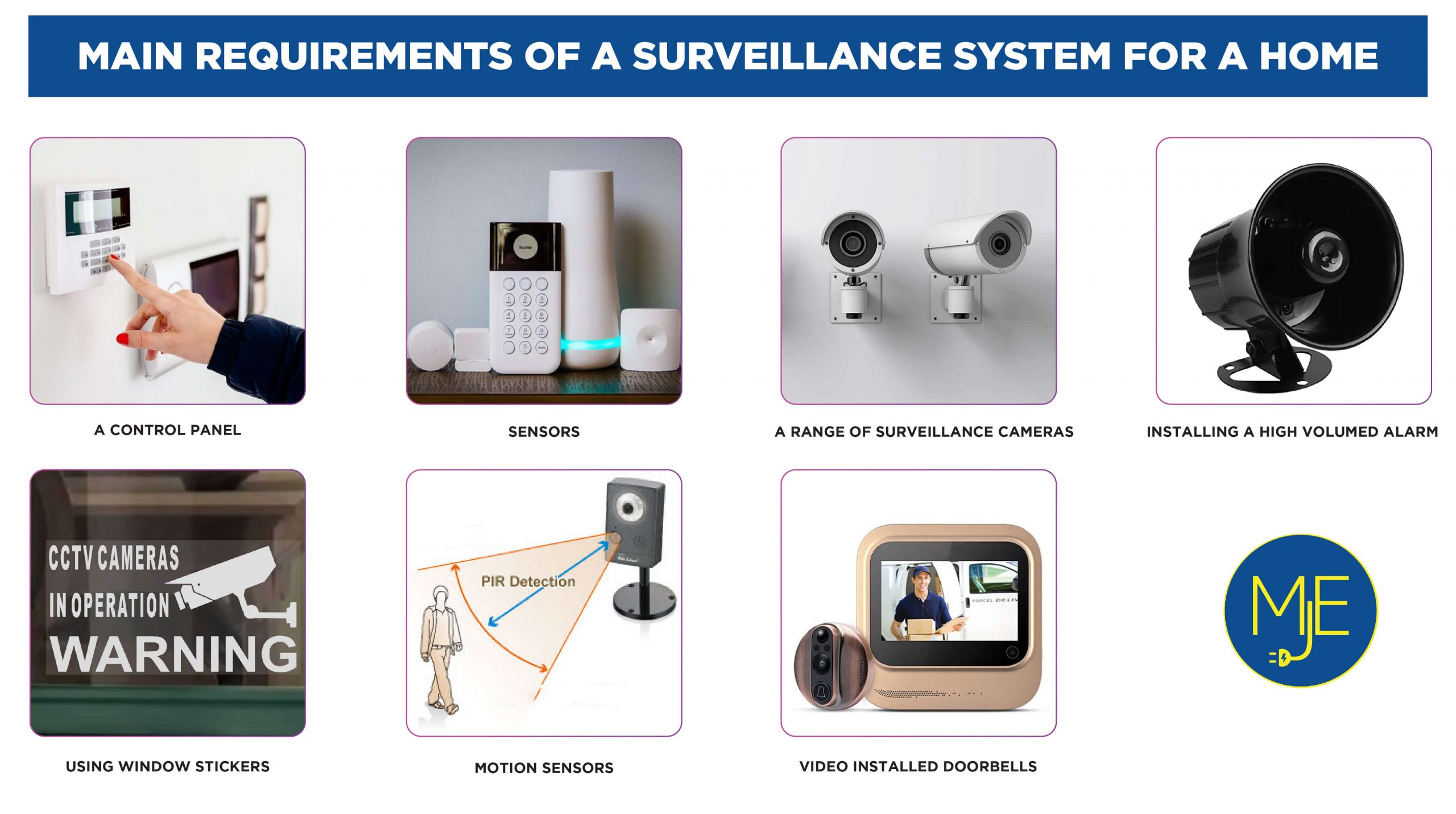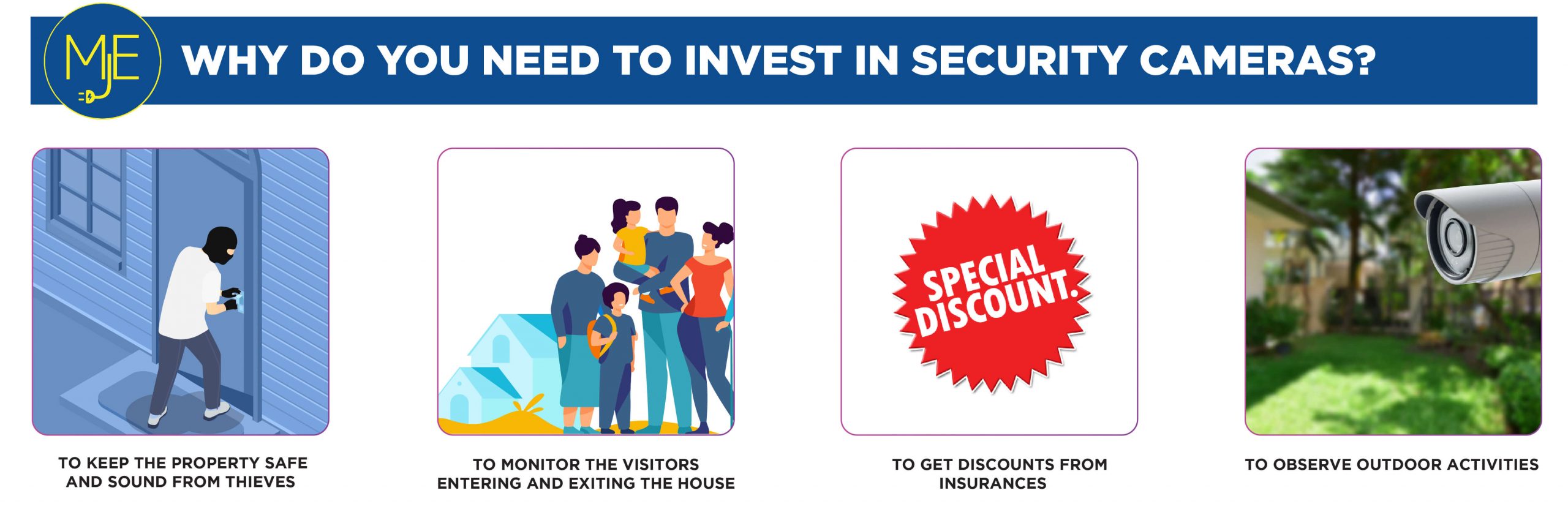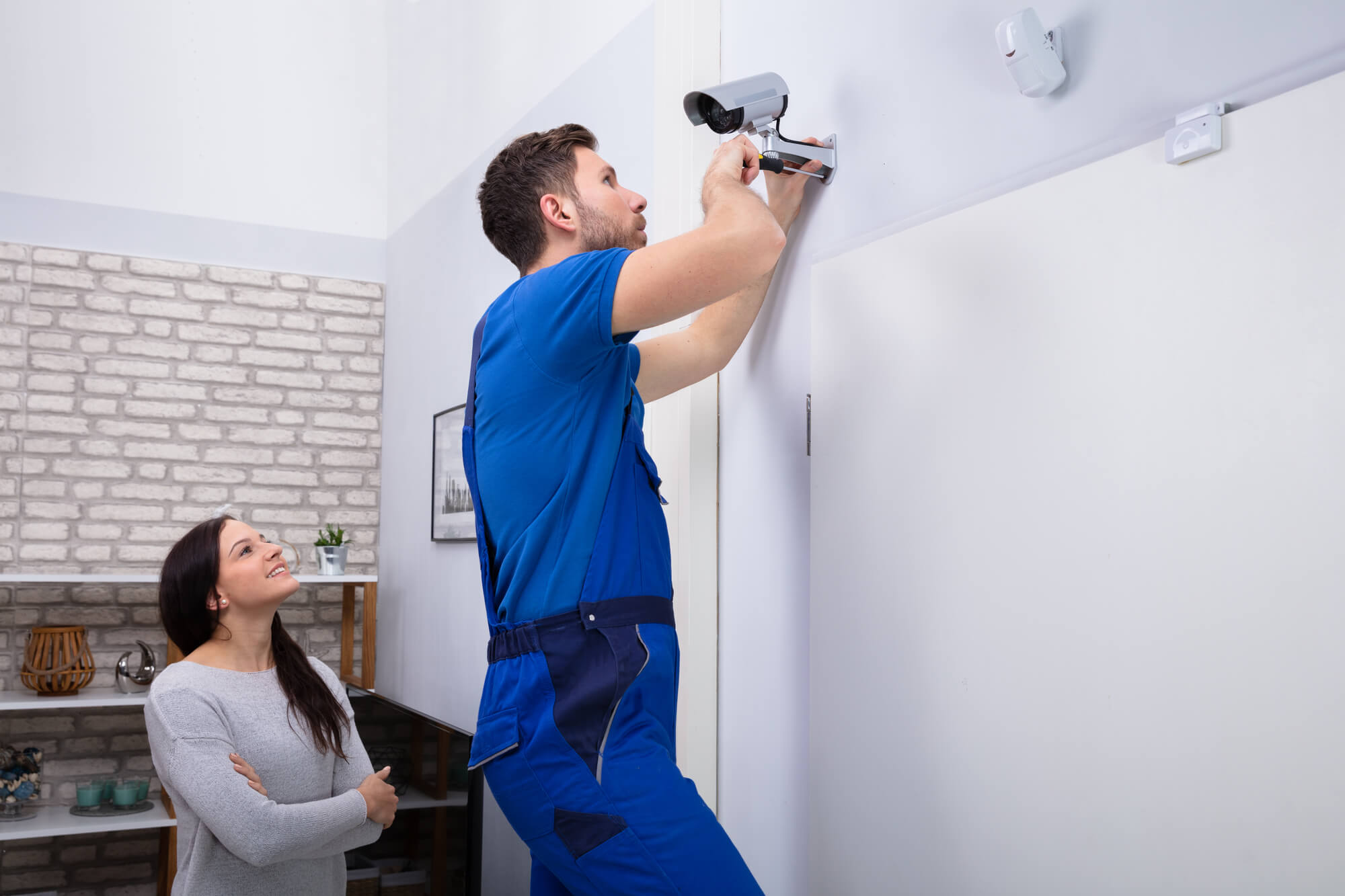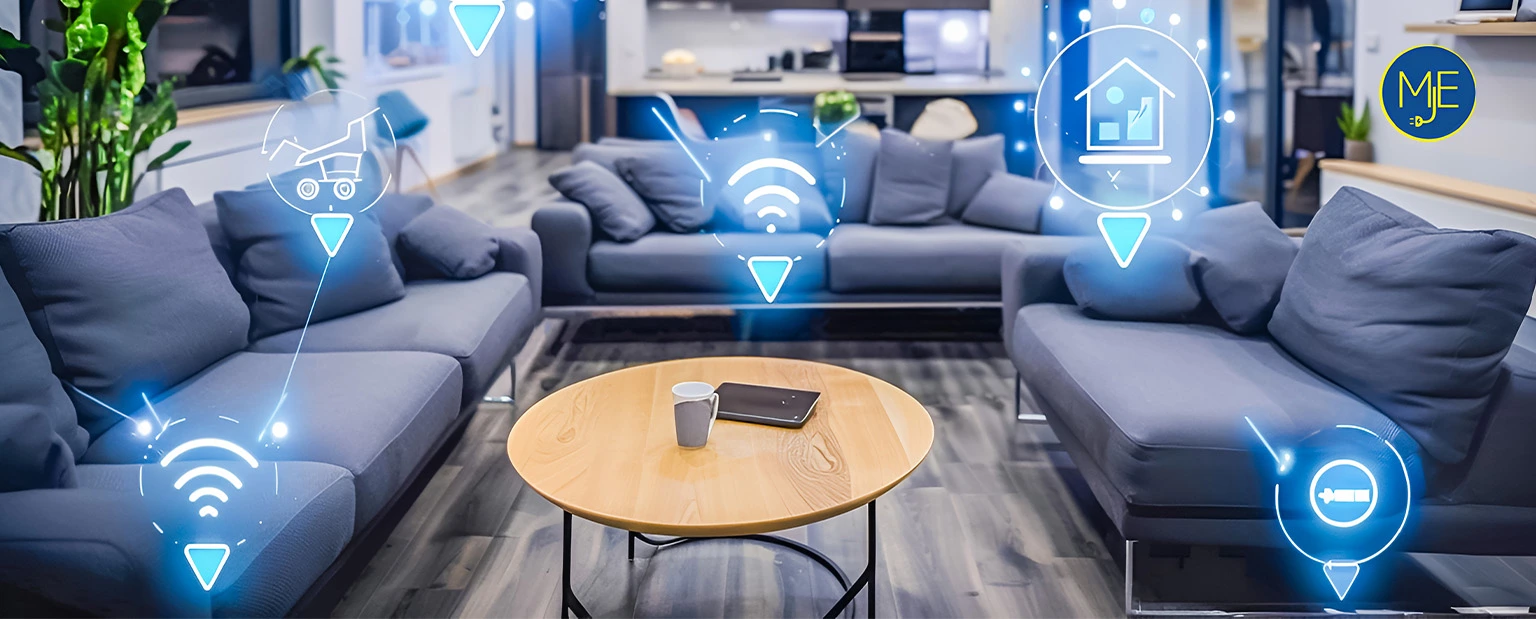Home security systems are a smart way to keep your house safe and secure with technology. There is a wide range of uses that will help prevent any intrusion or burglary in your home. In Australia alone, there are more than 200,000 burglaries, most of which involve residential houses.
Your home is a greater price than any other building for most thieves. The possibility of you becoming the next victim exists, so considering a security plan is important.
While you focus on building your life, our electrical professionals will ensure your property is shielded from any sort of crime and accident. Before we dive into the importance of hiring an electrician to install your security cameras, let us explore the options of home security systems and how you can get one!
Requirements of a surveillance for a home security system
Why do you need to invest in security cameras? Many people have different unique requirements when considering installing a surveillance system in their homes. It can be for many reasons; some of the common reasons include:

- To keep the property safe and sound from thieves.
- To monitor the visitors entering and exiting the house.
- To get discounts from insurance.
- To observe outdoor activities including backyards and the streets surrounding the house.
The list can endlessly go on with each person’s requirements. Home security systems are simple: You install them in your home to protect yourself and your loved ones. With many different types of purposes, home security cameras come with applications and choosing the right one can take time and effort.
There are many types of CCTV cameras that you can invest in. However, most security systems consist of cameras in all entry points, outdoor CCTV, near windows, behind gates, etc. Depending on the setup, you can purchase the right system for your home.
There are a few main requirements of a surveillance system for a home. These include:

A control panel
Every part of your home security system must have the main control panel to disarm and arm the system when necessary. You can easily communicate, monitor and set alarms with a typical control panel. It is easy to programme, and it comes with many touch features. You can also activate voice commands and use wireless remote control/ key fobs.
Sensors
You can install window and door sensors in your home to keep your entry point secure from intrusions. The sensor device can be installed on doors and windows, creating a security circuit. You can connect the sensors to the main control panel and get alerts when an unexpected breach occurs in your home. These sensors can be programmed to activate a high-sound alarm to notify you immediately and automatically.
A range of surveillance cameras
You can install both wireless and wired surveillance cameras in your house. The main purpose of installing surveillance cameras is to keep an eye on areas that are hard to monitor to observe your garage, entry points, backyards and both exterior and interior areas.
Installing a high volumed alarm
Installing a loud alarm in your home security system can help you alert your neighbours and yourself when there is a burglary or breach.
Using window stickers
You can paste some CCTV sign stickers on your gates and surrounding walls to warn of any type of break-ins. Even though it is not a guaranteed security strategy. It does work effectively when you want to protect your house professionally.
Motion sensors
These types of security components can protect a specific space in your home. Nobody will be able to breach the area without setting off an alarm. Many people use motion sensors to protect valuable items stored in rooms.
Video-installed doorbells
Replacing your normal doorbell with a video doorbell is an easy and effective way to keep watch of your home’s entry points. It is simple to use. You can connect the system to your phone and control panel and watch any bypassers. You can also activate features such as night vision, two-way talking options, and HD-quality images. You can record all activities and store them in a cloud system.
Main tools and devices
You can install a security system in your home in two ways. Knowing the setups and electrical work, you can set it up with some main tools and devices. You will need the following tools and devices to install your home security cameras:
- Cables, wires and connectors
- A power supply
- Strong wifi connections
- Splitters and video amplifiers
- Storage and recording devices
- Geofencing devices
- A step ladder
The process of installation – It’s a simple process to install CCTV cameras with the right tools and devices. You can start with mounting the cameras to the wall and find the perfect locations to set them up. Then you can start downloading the apps, set up the wifi (if the cameras are digital) and then give a test run to check if they are working just fine.
Hiring a professional to install the cameras – Some security cameras require professional assistance. You can hire a skilled electrician to help you install your security system safely in your home. The professionals with experience will also be able to advise in locating the cameras both indoors and outdoors. Additionally, the electrician will also bring their tool kits and the necessary equipment to install the cameras.
Setting up Electrical Infrastructure

There are two types of security systems that you choose to install in your house. Traditional cameras, analogue cameras, and IP Cameras, where all the cameras are digital.
Depending on the type you choose for your home, you can set up the electrical infrastructure.
Here are some options you can consider while planning your infrastructure:
- An easy-to-install and expand the structure
Most of the traditional surveillance cameras and IP cameras are connected by one discrete cable. Rather than using 100s of cables to fit your CCTV cameras around your house. You can simply leverage an IP connection with one ethernet cable for each camera to connect.
- Open Network Video Interface Forum
Also known as ONVIF is a standard protocol to allow IP cameras to link and communicate with the components of the system. Each new camera added to the network will be able to communicate and start recording. ONVIF allows flexibility in your security system.
- Setting up wireless systems
Rather than drilling through old brick walls, you can use wireless IP cameras that will connect with all the cameras mounted in your house. Install a cable that can transmit wirelessly and record in the IP network. The physical barrier is therefore removed in the installation process. This will help you build the right infrastructure to support the network.
Researching the electrical infrastructure will help you have the basic knowledge to install the system in your building. While IT and security is a wide field with many options and structures, you can choose to contact a professional with experience and set up your home’s electrical infrastructure without breaking a sweat!
To help you less complicate your electrical needs, the professionals at MJE provide a range of services, including installing CCTV and security systems.
Cost of home security system
Ideally, it is best to talk to an expert when considering the costs of your home security systems. Your costs can change depending on the camera brands, the system components, the charges of installations and monitoring, the cost of electricity, storage and other factors.
By comparing services with a professional electrician, you can easily budget your plan for the home security system.
Testing and development
You must test your home security system at least once a month to ensure that everything is working perfectly. You can either try it on your own or use a service provider to do monthly tests and developments in the system.
Many security cameras often require upgrades. You can do it yourself or hire a professional to assist you. Maintaining your security system will help you keep your house safe.





